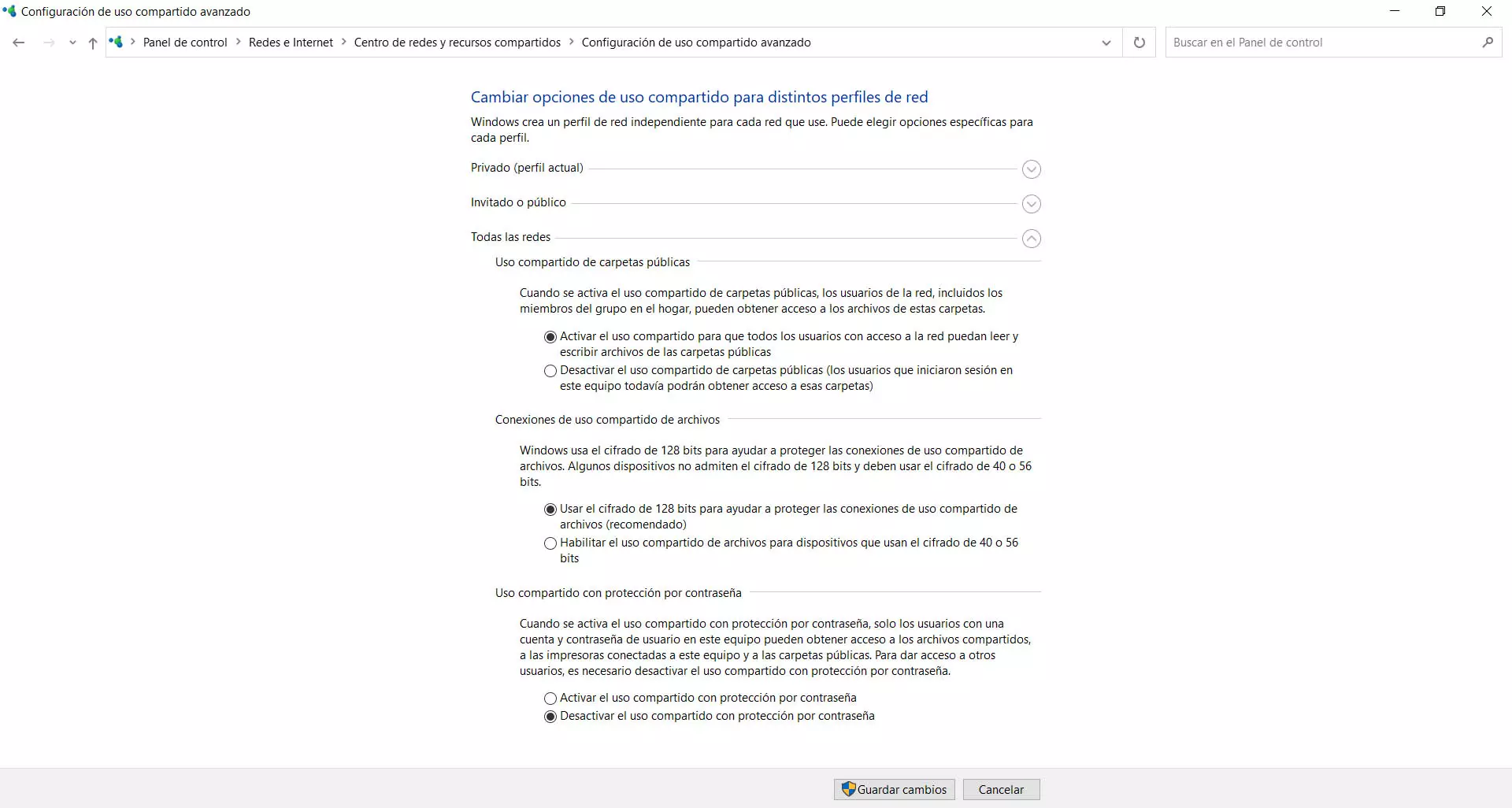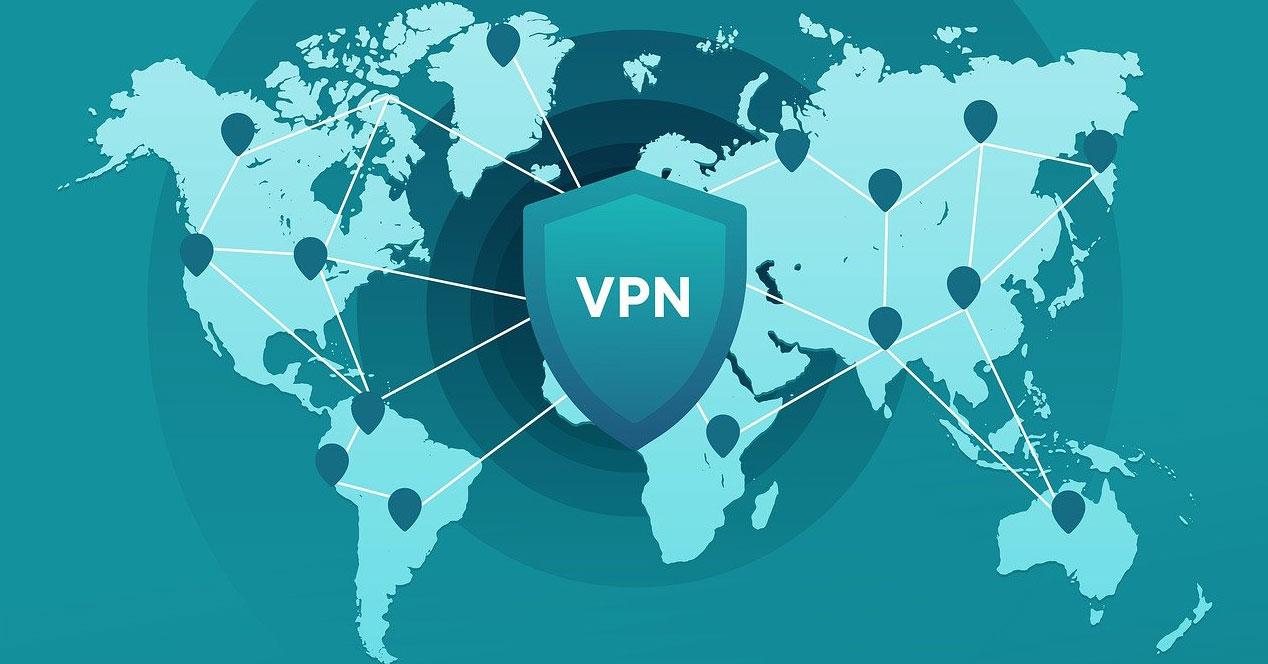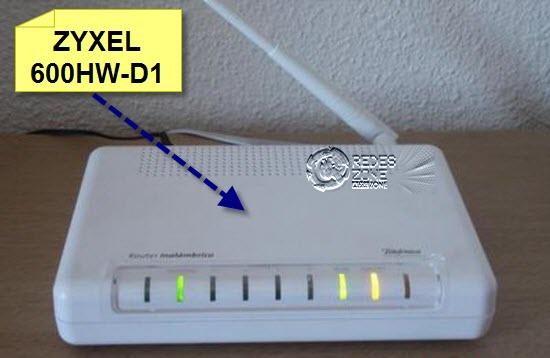
In today’s digitally interconnected world, the prevalence of cyber threats poses significant challenges to individuals, organizations, and nations alike. As cyberattacks become increasingly sophisticated and pervasive, the need for effective cyber threat intelligence (CTI) has never been greater. CTI enables organizations to proactively identify, mitigate, and respond to cyber threats, thereby safeguarding their assets, data, and operations. Understanding the lifecycle of CTI is essential for developing robust cybersecurity strategies. This article explores the critical phases of the cyber threat intelligence lifecycle and their significance in protecting against evolving cyber threats.
Introduction to Cyber Threat Intelligence
Cyber threat intelligence encompasses the process of collecting, analyzing, and disseminating information about potential cyber threats. It enables organizations to understand the tactics, techniques, and procedures (TTPs) employed by threat actors, thereby enhancing their ability to detect and mitigate cyber threats effectively. CTI sources include open-source intelligence (OSINT), closed-source intelligence (CSINT), and proprietary data gathered from internal networks and systems.
Phase 1: Planning and Direction
The first phase of the CTI lifecycle involves planning and direction, where organizations establish the objectives, scope, and priorities of their CTI program. This phase includes defining the organization’s risk tolerance, identifying critical assets, and determining the types of threats and threat actors relevant to its operations. Additionally, organizations establish policies and procedures for CTI collection, analysis, and dissemination, ensuring alignment with their overall cybersecurity strategy.
Phase 2: Collection
In the collection phase, organizations gather relevant data and information from various internal and external sources. This may include network logs, system telemetry, threat intelligence feeds, forums, social media, and dark web sources. Automated tools, such as intrusion detection systems (IDS) and security information and event management (SIEM) platforms, play a crucial role in collecting real-time data on potential threats and vulnerabilities.
Phase 3: Processing and Analysis
Once data is collected, it undergoes processing and analysis to identify patterns, trends, and indicators of compromise (IOCs). Analysts leverage specialized tools and techniques to correlate and contextualize the data, distinguishing between noise and actionable intelligence. This phase involves identifying the tactics, techniques, and procedures (TTPs) used by threat actors, as well as their motivations and capabilities. The analysis also assesses the potential impact of threats on the organization’s operations and infrastructure.
Phase 4: Production
In the production phase, actionable intelligence is distilled into reports, alerts, and advisories that are disseminated to relevant stakeholders within the organization. These products vary in complexity and granularity, ranging from tactical threat reports for security operations teams to strategic assessments for executive leadership. Timeliness and relevance are critical considerations in producing actionable intelligence that enables stakeholders to make informed decisions and take appropriate defensive measures.
Phase 5: Dissemination
The dissemination phase involves sharing intelligence products with internal and external stakeholders, including security teams, incident response personnel, law enforcement agencies, industry partners, and government entities. Effective dissemination ensures that relevant parties have access to timely and actionable intelligence to enhance their cybersecurity posture and response capabilities. Collaboration and information sharing within the cybersecurity community are essential for collective defense against cyber threats.
Phase 6: Utilization
The utilization phase focuses on leveraging cyber threat intelligence to enhance cybersecurity operations, incident response, and risk management processes. Organizations integrate intelligence into their security controls, such as firewalls, intrusion detection systems, and endpoint protection solutions, to detect and block known threats. Additionally, CTI informs incident response procedures, enabling organizations to effectively contain and mitigate cyber incidents when they occur.
Moreover, the continuous refinement and adaptation of intelligence processes and technologies throughout the cyber threat intelligence lifecycle ensure that organizations stay agile and resilient against emerging cyber threats.
Phase 7: Feedback
The final phase of the CTI lifecycle involves gathering feedback and evaluating the effectiveness of the intelligence program. This includes assessing the accuracy, relevance, and timeliness of intelligence products, as well as identifying areas for improvement in collection, analysis, and dissemination processes. Feedback loops between stakeholders facilitate continuous learning and adaptation, enabling organizations to refine their CTI capabilities and stay ahead of emerging cyber threats.
Conclusion
The cyber threat intelligence lifecycle provides a systematic approach for organizations to collect, analyze, and utilize intelligence to defend against cyber threats effectively. By understanding and implementing each phase of the lifecycle, organizations can enhance their ability to detect, respond to, and mitigate cyber threats, thereby safeguarding their assets, data, and operations in an increasingly hostile digital landscape. As cyber threats continue to evolve, investing in robust CTI capabilities is essential for maintaining a proactive cybersecurity posture and staying ahead of adversaries.



